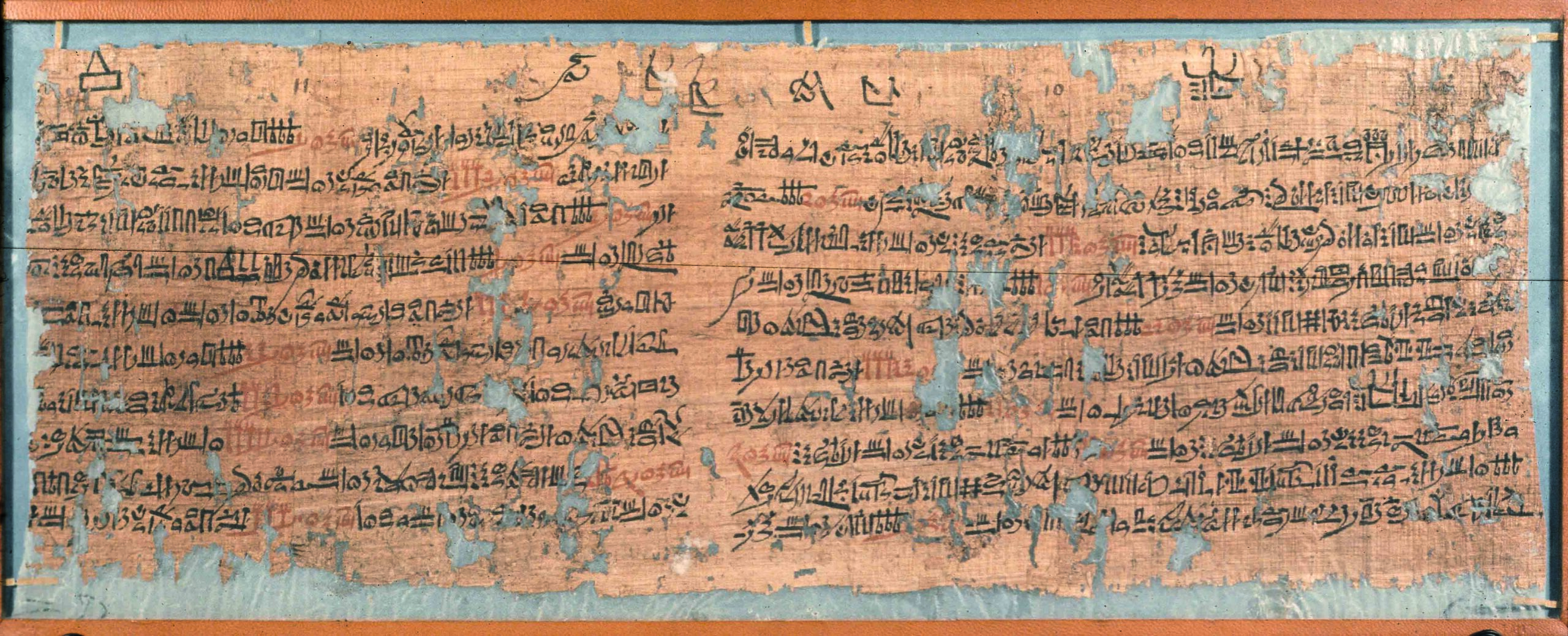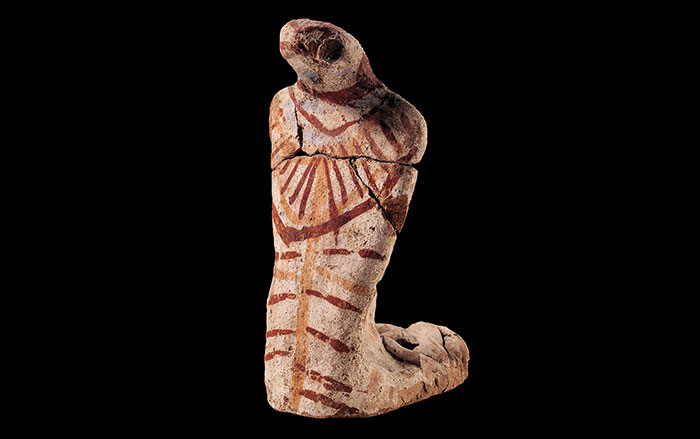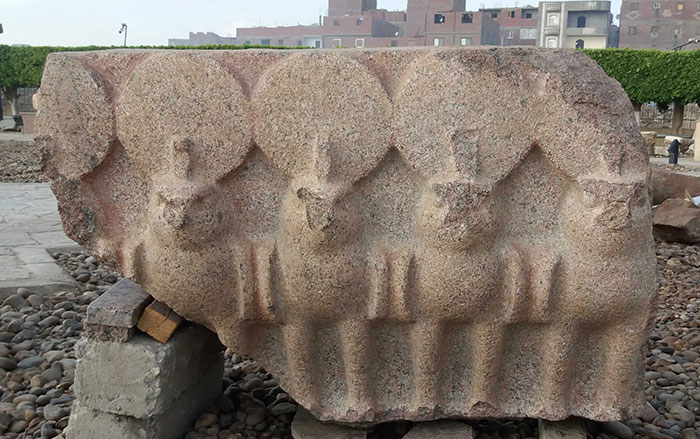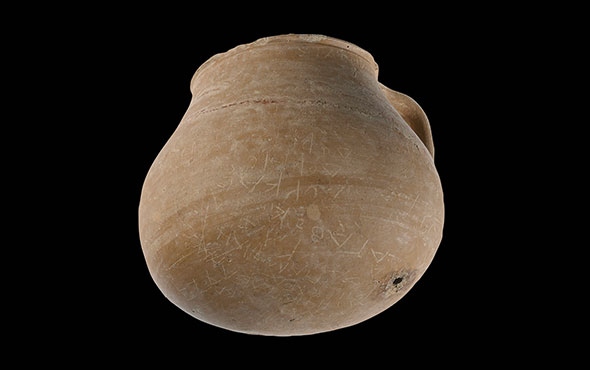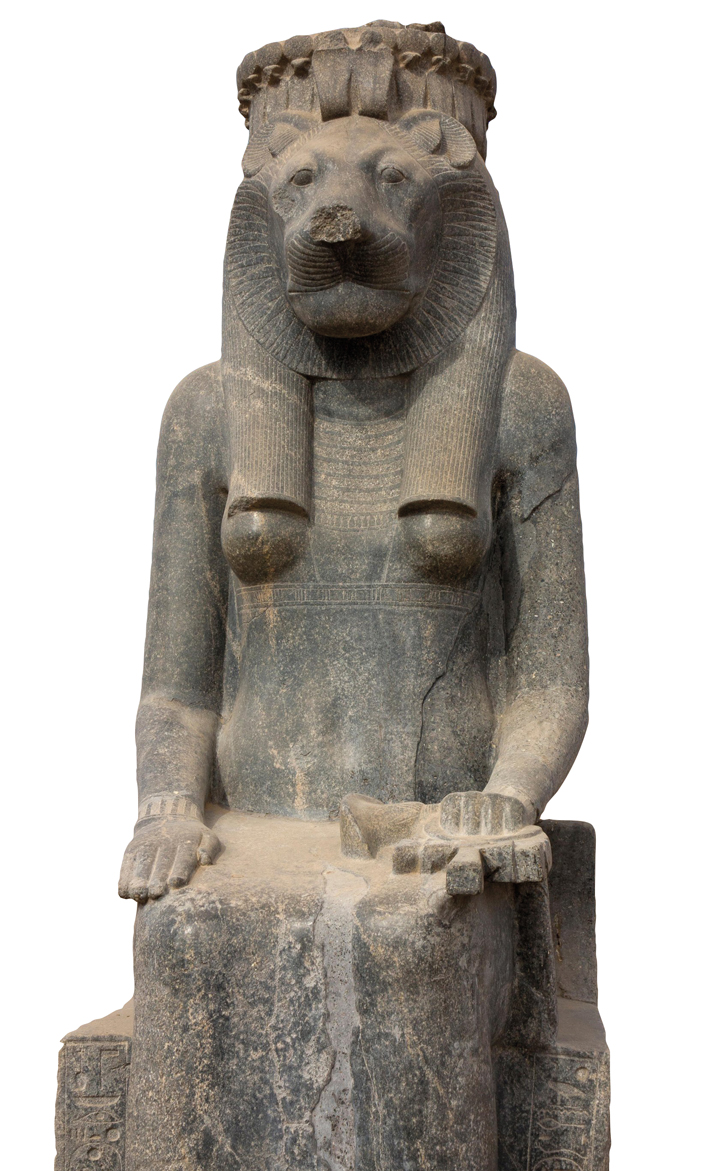
The ancient Egyptians were sophisticated practitioners of medicine and understood that many contagious diseases could be cured. However, they also realized that some epidemics resulted in symptoms that could not be treated. These illnesses, they believed, were the work of demons controlled by the goddess Sekhmet, who took the form of a lioness and was thought to be responsible for human health. Fayoum University Egyptologist El Zahraa Megahed has recently analyzed a variety of ancient sources, including a New Kingdom (ca. 1550–1070 B.C.) horoscope known as the Calendars of Lucky and Unlucky Days. She has found that Egyptians believed epidemics were caused by demons sent by Sekhmet that manifested as pestilential winds. “Winds are invisible, just as demons were,” says Megahed. “But warm or cold winds can be felt, they can carry a scent, and they can make frightening noises. These winds took on demonic aspects for Egyptians.”
Because Sekhmet’s demons were linked with winds and the spread of incurable diseases, individuals suffering during epidemics turned to the goddess’ priests for relief. They prayed to Sekhmet to stop her minions from spreading disease, which was sometimes envisioned, particularly at certain times of the year, as arrows let loose from the mouths of the wind demons. This explanation might have had a real-world basis, as certain diseases are more likely to spread through the air during some months than others. For instance, winds could have carried contagions from the cadavers of animals drowned during the annual Nile flood. The Egyptians may have imagined these winds as arrows sent by Sekhmet’s demon archers that were dangerous to breathe in.
